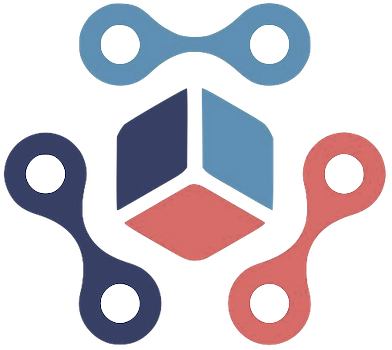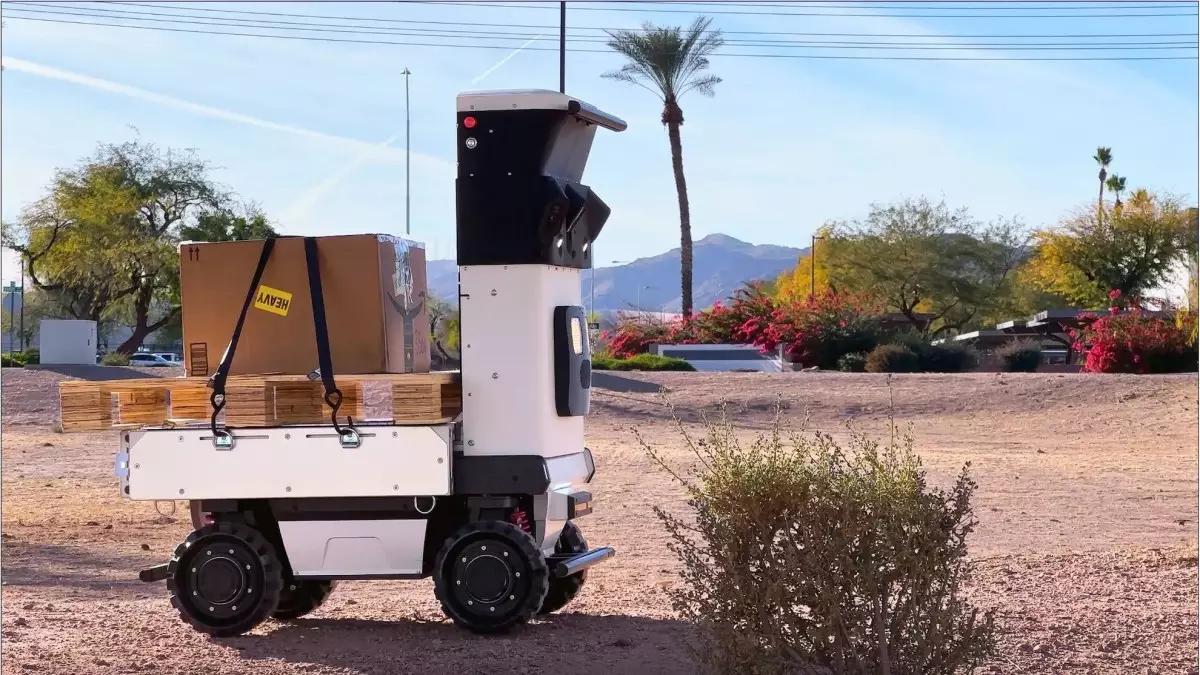In recent years, autonomous robots have primarily been celebrated for their ability to revolutionize last-mile delivery, especially within urban landscapes and bustling campuses. However, a transformative vision is emerging—one that propels these machines beyond the conventional realm of food and package delivery into the vast and complex domain of industrial operations. Cartken, an innovative startup originally recognized for its four-wheeled delivery robots patrolling college campuses and Tokyo streets, is boldly reorienting its focus toward industrial applications. This shift is more than just a diversification; it signifies a profound acknowledgment of the untapped potential for autonomous robotics to optimize, streamline, and redefine manufacturing and logistics in demanding environments.
By leveraging its core competencies—advanced AI, adaptable navigation systems, and rugged design—Cartken is positioning itself at the forefront of industry 4.0 innovations. Its journey underscores a critical insight: while urban delivery remains vital, the real catalytic force of autonomous robotics lies in complex, indoor, and outdoor industrial settings where efficiency, safety, and precision are paramount. This strategic pivot not only demonstrates agility but also hints at a future where robots become integral partners in industrial workflows, shifting from mere couriers to vital components in manufacturing ecosystems.
Transformative Impact on Industrial Operations
The integration of Cartken’s robots into manufacturing and logistics environments heralds a remarkable leap forward. Unlike traditional factory automation that relies heavily on fixed machinery or human labor, autonomous robots introduce a fluid dynamic capable of adapting to evolving production needs. For instance, the deployment of Cartken’s larger Hauler robot, capable of transporting up to 660 pounds, exemplifies how these machines can replace cumbersome traditional approaches—reducing manual labor, cutting costs, and increasing throughput.
Furthermore, the robots’ ability to operate seamlessly across indoor and outdoor terrains creates unprecedented versatility. This dual-capability promises to streamline material flow between warehouses, production lines, and shipping zones—all while navigating complex obstacle-filled environments. Their AI-driven obstacle avoidance, trained on vast data from urban deliveries, translates remarkably well into industrial landscapes filled with machinery, personnel, and unpredictable variables. The notable presence of these robots in sectors like automotive manufacturing, pharmaceuticals, and chemicals is more than coincidence; it is evidence of their transformative potential.
Notably, the collaboration with Mitsubishi and the purchase of nearly 100 robots by Melco Mobility Solutions illustrate rapid industrial adoption. This partnership signals a recognition at the highest levels that autonomous robotics can not only augment human efforts but can also catalyze a paradigm shift in industrial productivity and safety standards.
Design Philosophy and Technological Prowess
At the heart of Cartken’s success is its sophisticated yet adaptable technology stack. The company’s navigation systems are explicitly designed with scalability in mind, allowing seamless transition from delivery robots to larger, industrial-grade machines. Their AI model, initially trained on urban delivery data, has demonstrated extraordinary flexibility—learning to interpret new terrains, react to obstacles, and optimize routes in real-time.
What distinguishes Cartken is its commitment to creating modular solutions that can be customized to various sizes and functions. The introduction of robots like the Robot Runner—built specifically for indoor deliveries—and the forklift-like prototypes reveal an understanding that one size does not fit all in industrial automation. Their capacity to parameterize the core AI models ensures rapid deployment across different scenarios, reducing development time and operational risk.
Moreover, the robustness of these robots—designed to withstand weather variations and rugged industrial conditions—makes them reliable partners in demanding environments. The company’s technological edge lies in harnessing years of urban delivery experience to solve complex indoor and outdoor industrial challenges, thereby delivering scalable, intelligent, and cost-effective solutions.
Market Recognition and Future Horizons
The growing traction with industrial giants like Mitsubishi and Melco Mobility Solutions establishes Cartken not merely as a promising startup but as a serious player with a clear growth trajectory. Their ability to secure significant orders and deepen long-term relationships illustrates a validation of their technological competence and strategic vision. Industry stakeholders increasingly recognize that autonomous robotics are no longer optional but essential for maintaining competitive advantage in fast-paced, efficiency-driven sectors.
Looking ahead, Cartken’s journey signifies a bold assertion: autonomous robots, resilient and adaptable, are destined to become foundational elements of modern industry. Their influence promises to evolve from supporting logistical functions to enhancing entire operational ecosystems—improving safety, reducing costs, and accelerating production cycles. The potential for further innovation remains vast, with future iterations likely to incorporate advanced sensing, machine learning, and collaborative multi-robot systems working in concert to revolutionize industrial productivity.
This transition challenges traditional notions of industrial labor and management, urging industries to rethink workflows and integrate autonomous solutions at their cores. As Cartken leads the charge, one thing becomes clear—autonomous robotics are not just tools; they are catalysts for a new era of industrial excellence, driven by ingenuity, adaptability, and relentless innovation.

